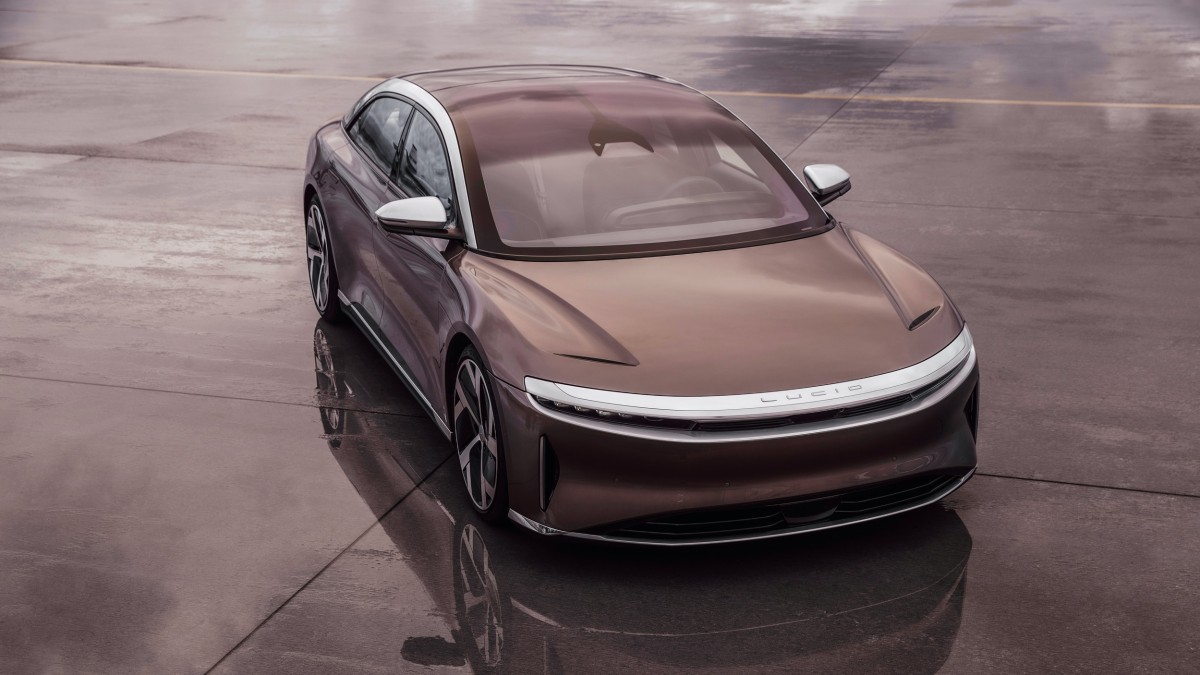Filed under: Green,Plants/Manufacturing,Ford,Truck,Future Vehicles

Continue reading Ford's 'multi-energy' Super Duty trucks could mean electrification is on the way
Ford's 'multi-energy' Super Duty trucks could mean electrification is on the way originally appeared on Autoblog on Thu, 18 Jul 2024 12:24:00 EDT. Please see our terms for use of feeds.
Permalink | Email this | Comments







